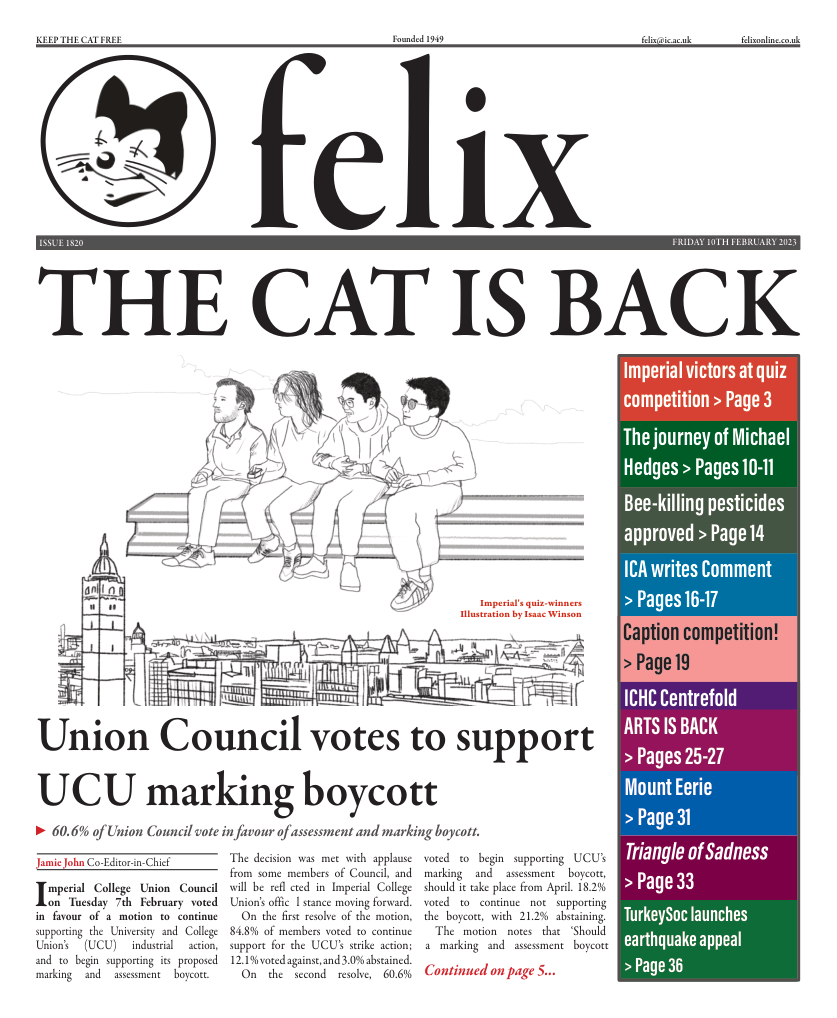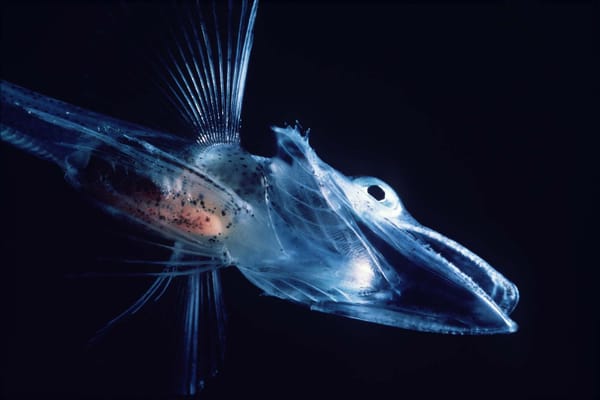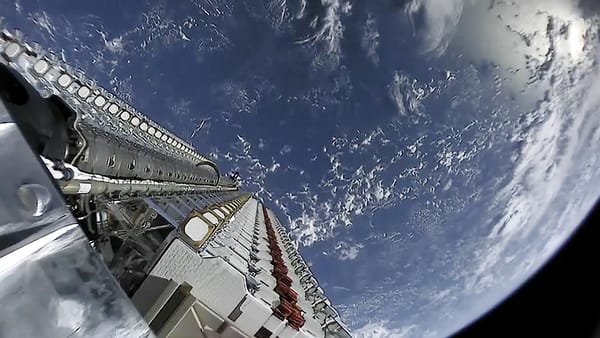From driving a taxi to doing a PhD
How Imperial scholar Michael Hedges' former driving career led him to green up London's taxi fleet and research air pollution.
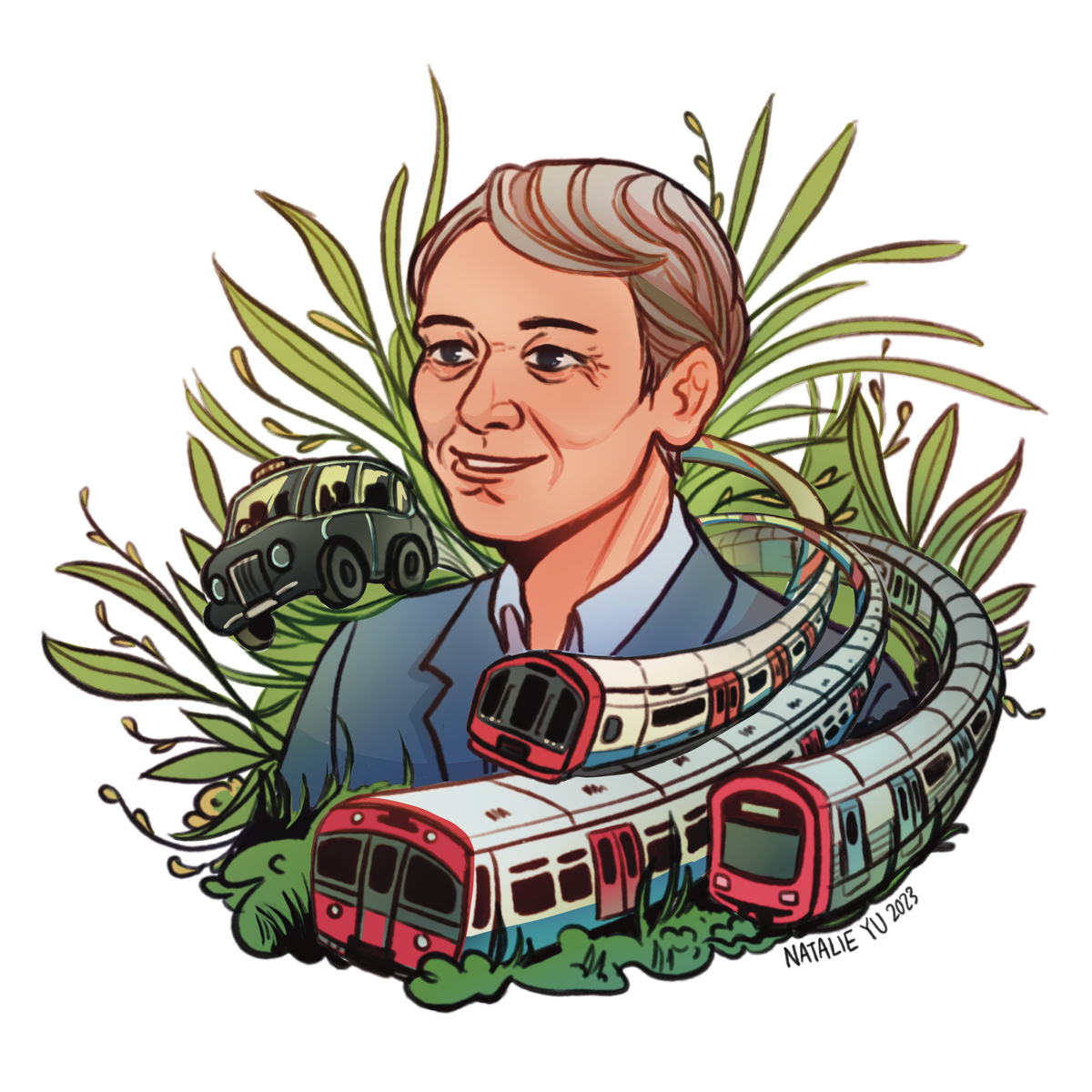
The journey of Michael Hedges
Michael Hedges, 63, will be finishing his PhD this year at Imperial College on the health effects of the dust from the London Underground. After a life of driving taxis in London, how did Michael get to this point?
In 2000, Ken Livingstone was elected as mayor. “One of his key pledges was to reduce air pollution and reduce our carbon emissions, focusing on buses, taxis, and cycling.” he says. Michael was a union representative for taxi drivers and had meetings with the mayor’s office to develop ways to clean up the taxi fleet.
Their approach at the time was to fix up old taxis to bring them up to at least the ‘Euro 3 standard’, which calls for limited CO, nitrogen oxide and particulate matter emissions. It was agreed that all taxis would charge their customers 20p extra over three years, which would pay for the upgrades. “But this wasn’t enough, and taxis were still producing vast amounts of NOx (nitrogen oxides) pollution”, he says. “Greenpeace, Friends of the Earth and Global Action Plan were all campaigning for taxis to become less polluting.” Rather than fighting against the campaign groups, Michael and the mayor’s office worked with them to find a solution. They listened to each other and combined their efforts to add pressure on the government.
In 2016, air pollution in taxi cabs was measured and it was found that taxi drivers breathe the most polluted air out of any professional driver. A 40-minute journey from Heathrow to Bethnal Green showed the highest levels on Cromwell Road, just south of Imperial’s South Kensington campus (see image below). A series of videos made by Global Action Plan also showed that taxi drivers were concerned about the air pollution they were creating and breathing in.
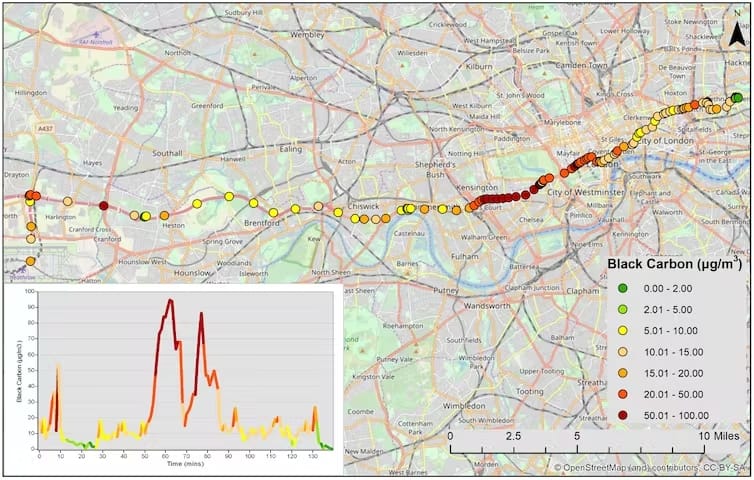
Taxis suck in pollution from vehicles in front of them, and then hold that pollution in the cab. Electrifying taxis would therefore reduce the nitrogen oxide pollution that can accumulate in them. Michael started a Masters in 2018 at King’s College London, with Dr Ben Barratt, (then at King’s College and now at Imperial) as his personal tutor. Michael’s dissertation was on improving air quality in taxi cabs. “The main finding was to change the ventilation mode to ‘recirculation’, which cuts out the air from outside and blows just the air that is trapped in the cabin. But this traps the air and carbon dioxide builds up, which affects the driver’s concentration and potentially increases accidents. I found that taxis should open their windows briefly at least every 20 minutes when they are in the least polluted areas to maintain the best air quality in the cab.”
Michael also worked with the Mayor of London and the union of taxi drivers to electrify taxis, which now populate around 50% of the fleet.
Michael started a PhD with Dr David Green at King’s College in 2019. The investigation of health effects on the London Underground was presented as a topic, and Michael took it on after gaining an MRC Centre for Environment and Health Studentship. "I had to take a substantial cut in earnings and, with my partner’s support and my own savings, I also needed to change my lifestyle to make taking a PhD work.”
As COVID-19 hit, and the department moved to Imperial College, there was much disruption to the initial stages of Michael’s research. His research involves working with 120 participants (60 people with lung conditions that cause breathing difficulties, and 60 with healthy lung function), measuring their exposure to multipollutants on journeys either underground or overground. The participant health outcomes before, during, and after exposure to multipollutants are assessed to determine if there are any adverse health effects from underground travel. “Mandates to wear masks on public transport were enforced, which delayed the study, but I found that mask-wearing reduced the exposure to pollution that the participants were subjected to.” he says. The benefit of this twist was the finding that even poorly-fitting surgical masks reduce PM2.5 air pollution exposure on the Underground.
Any reduction of air pollution exposure on the Underground is a huge bonus as it contains the most polluted sites in London. In general, underground trains in deep tunnels have the worst air quality in a city because air is trapped and the particulate matter is constantly disturbed and created by trains. “Metallic particles from the brakes, wheels, rails, and sparks from electrical contacts make up around 67% of the airborne particles.” says Michael. The deeper the platform, the more difficult it is to exchange the air, and the worse the air quality is. London’s deepest line, the Victoria line, has a median PM2.5 concentration of 361 μg/m3 — over 25 times higher than the roadside level median and around 24 times higher than the WHO guideline for 24-hour exposure.
But although particle concentrations are high, Michael stresses that the effects these particles have on health are not yet known and this is preventing decisive action on tackling what is potentially a toxic environment. One part of his PhD is to understand Underground dust’s oxidation potential, a key indicator of inflammation. "This inflammation response can lead to many systemic issues such as strokes, dementia, asthma, cancers, heart disease, and diabetes,” he says. In London, 9,400 premature deaths are attributed to poor air quality, and worldwide it is estimated that one in deaths is caused by air pollution, mainly from burning fossil fuels. Although the Underground dust may be less harmful than expected, it may conversely be more harmful than expected as well. Michael cycles much more than he tubes. If he takes the Tube, he wears a mask and, if possible, takes the lines that are nearest to the surface. An interactive map of the Tube pollution levels at each station can be found via the QR code at the end of this article, which might help you plan your journeys to avoid the worst air pollution.
Another interesting finding in Michael’s study was that the levels of PM2.5 are the same at the front of a tube carriage as at the back. is is likely due to the trains constantly kicking up the dust, never allowing it to settle. He also found that NO2, a pollutant from diesel engines, was present in the Underground network, which will have likely been drawn in from the car traffic above ground, albeit at lower levels. Another question is to disentangle the health effects of NO2 and ozone above ground from fossil fuels and from the metallic particles that fog the Underground.
I ask how we can reduce levels of pollution in the Underground, and Michael says, “more ventilation and platform screen doors like those on the newly opened Elizabeth Line would make a huge difference”. He says that underground stations in Seoul and Paris have live air pollution monitoring that is displayed to passengers. “What would happen if London’s underground network looked like this?” he asks.
Michael wants more people to cycle and use public transport. “My favourite way to travel around London is by cycling”, he says. But the challenging experiences of cycling in London has led him to support safer cycling infrastructure, and programmes to increase confidence in cycling. Even as an ex-cabbie, Michael supports LTNs, increasing the ULEZ zone, increasing TfL’s funding, and reducing the number of cars that are on our roads. Perhaps route-finding apps could include ‘pollution exposure’ as a metric to find the best routes, but maybe this is a PhD for someone else...

